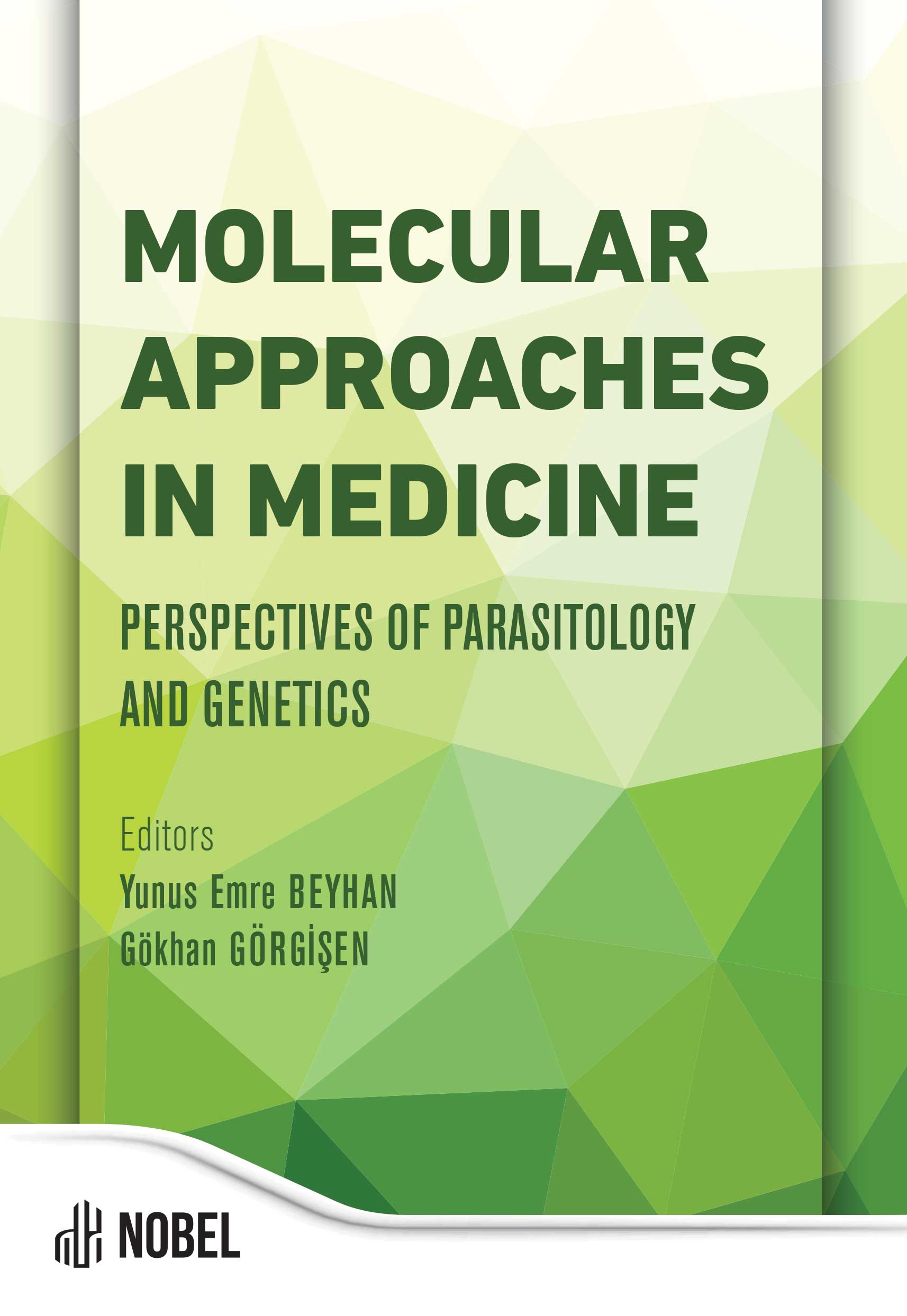Leishmaniasis and Molecular Diagnosis
Fadime Eroglu (Author)
Release Date:
Leishmaniasis is a parasitic disease with three main clinical forms: visceral, cutaneous and mucocutaneous. There are more than 20 species of Leishmania that cause the disease, and these species are transmitted to humans by more than 90 species of sandflies. Low socio-economic status, poor housing and poor sanitation conditions increase the risk of spreading the [...]
Media Type
Buy from
Price may vary by retailers
| Work Type | Book Chapter |
|---|---|
| Published in | Molecular Approaches in Medicine |
| First Page | 49 |
| Last Page | 56 |
| DOI | https://doi.org/10.69860/nobel.9786053359524.3 |
| Page Count | 8 |
| Copyright Holder | Nobel Tıp Kitabevleri |
| License | https://nobelpub.com/publish-with-us/copyright-and-licensing |
Fadime Eroglu (Author)
Professor, Aksaray University
https://orcid.org/0000-0003-2179-1326
3Prof. Dr. Eroglu was born in Adana and completed his undergraduate education at the Biology Department of the Faculty of Arts and Sciences of Çukurova University in 2004, his Master’s degree at the Parasitology Department of the Faculty of Medicine of Çukurova University in 2008, and his Ph.D. at the Parasitology Department of the Faculty of Medicine of Çukurova University in 2012. She received the title of associate professor in 2018 and professor in 2023. She has been working at Aksaray University Faculty of Medicine, Department of Parasitology since 2020. Prof. Dr. Fadime Eroglu has completed 20 scientific projects, original publications in 35 international indexed journals, oral presentations in 25 international congresses and oral presentations in 30 national congresses. She has been teaching parasitology courses in Turkish and English at various universities for about 20 years.
Louizi, C., Khan, M.A.A., Faisal, K., et al. (2023). Assessment of pan Leishmania detection by recombinase polymerase amplification assay. Diagn Microbiol Infect Dis, 105(2): 115862.
Khademvatan, S., Neisi, N., Maraghi, S., et al. (2011). Diagnosis and identification of Leishmania spp from Giemsa-stained slides, by real-time PCR and melting curve analysis in South-west of Iran. Ann Trop Med Parasitol, 105(8): 559-565.
Malvolti, S., Malhame, M., Mantel, C. F., et al. (2021). Human leishmaniasis vaccines: Use cases, target population and potential global demand. Plos Negl Trop Dis, 21; 15(9): e0009742.
Kumar, A., Singh, V. K., et al. (2023). Post kala azar dermal leishmaniasis in the Indian sub-continent: challenges and strategies for elimination. Front Immunol, 14: 1236952.
Sunter, J., Gull, K. (2017). Shape, form, function and Leishmania pathogenicity: from textbook descriptions to biological understanding. Open Biol, 7(9): 170165.
Lazar, L. T. Y., Abass, K. S. (2020). Morphology, life cycle, pathogenesis and virulence factors of genus leishmania: a review. Plant Archives, 20(2): 4057-4060.
Santos, F. J. A., Nascimento, L. C. S., Silva, W. B., et al. (2020). First report of canine infection by Leishmania (viannia) guyanensis in the Brazilian amazon. Int J Environ Res Public Health, 16(22): 8488.
Moreira, O. C., Yadon, Z. E., Cupolillo, E. (2018). The applicability of real-time PCR in the diagnostic of cutaneous leishmaniasis and parasite quantification for clinical management: current status and perspectives. Acta Trop, 184: 29-37.
Blaizot, R., Simon, S., Ginouves, M., et al. (2021). Validation of swab sampling and SYBR green based real-time PCR fort he diagnosis of cutaneous leishmaniasis in French Guiana. J Clin Microbiol, 59(2): e002218-20.
Espada, C. R., Ferreira, B. A., Ortiz, P. A., et al. (2021). Full nucleotide sequencing of ribosomal DNA internal transcribed spacer of Leishmania species causing cutanoeus leishmaniasis in Brazil and its potential for species typing. Acta Trop, 223:106093.
| onix_3.0::thoth | Thoth ONIX 3.0 |
|---|---|
| onix_3.0::project_muse | Project MUSE ONIX 3.0 |
| onix_3.0::oapen | OAPEN ONIX 3.0 |
| onix_3.0::jstor | JSTOR ONIX 3.0 |
| onix_3.0::google_books | Google Books ONIX 3.0 |
| onix_3.0::overdrive | OverDrive ONIX 3.0 |
| onix_2.1::ebsco_host | EBSCO Host ONIX 2.1 |
| csv::thoth | Thoth CSV |
| json::thoth | Thoth JSON |
| kbart::oclc | OCLC KBART |
| bibtex::thoth | Thoth BibTeX |
| doideposit::crossref | CrossRef DOI deposit |
| onix_2.1::proquest_ebrary | ProQuest Ebrary ONIX 2.1 |
| marc21record::thoth | Thoth MARC 21 Record |
| marc21markup::thoth | Thoth MARC 21 Markup |
| marc21xml::thoth | Thoth MARC 21 XML |

